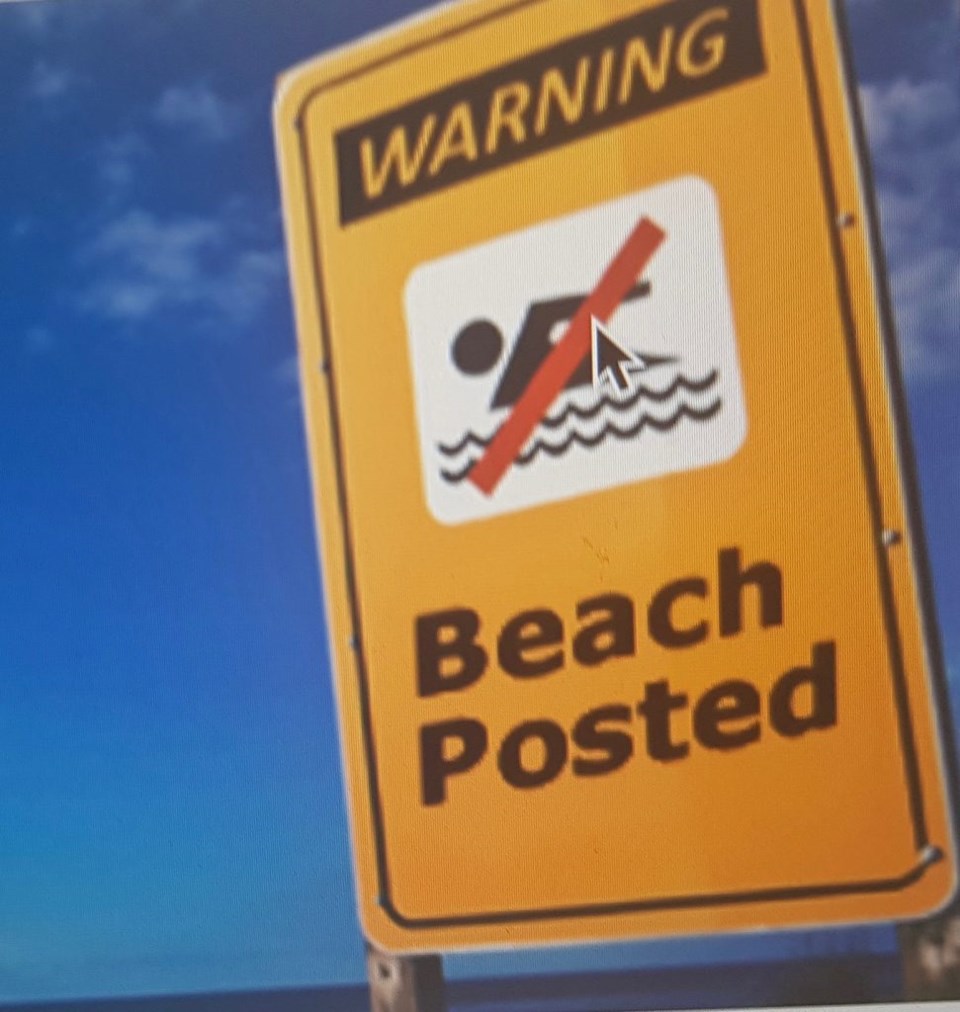
Water quality at Queen’s Royal Beach has improved, thanks to local agencies and partners working together on the Niagara River Remedial Action Plan.
The Niagara Peninsula Conservation Authority (NPCA), the agency that coordinates the action program with several partners, including the town, is seeking public input on the recommendation to change the status of the Niagara River’s water quality indicator related to the beach. This recommendation is based on a recent report indicating that cleanup actions and goals have been achieved, and affirms progress has been made to improve the river.
Queen’s Royal Beach is the only public swimming beach along the Canadian side of the Niagara River, and is a popular place for sightseeing, wading, and launching kayaks and paddleboards.
Historically, the beach has often been impacted by poor water quality due to E. coli bacteria, which in high amounts can make people sick if they swim in it.
“The town recognizes the importance of protecting this beach and waterfront for its residents and visitors,” says town CAO Marnie Cluckie. “Queen’s Royal Beach is a vital asset that contributes to the health and well-being of our community, the environment, and the local economy.”
Bacteria can come from natural sources such as birds and other wildlife, or human sources such as sewer pipes. Previous scientific studies indicated there were human sources of E. coli bacteria coming from a storm sewer outlet near the beach.
Thanks to funding from the federal and provincial governments, and leadership from the town with other local partners, extensive monitoring and remediation actions were completed. Those initiatives included fixing sewers, preventing raccoons from entering storm sewers, and constructing a nature-based filtration bioswale — channels designed for stormwater runoff — to reduce the main sources of E. coli bacteria entering the Niagara River and impacting Queen’s Royal Beach.
“Because of these important collaborative contributions, the water at the beach has consistently met RAP water quality goals for the last three years,” says Natalie Green, project manager at the NPCA.
The proposed status change is a milestone for the community and all action plan partners, and is also another step toward removing the Niagara River from the list of Great Lakes’ Areas of Concern.
Since the late 1980s, the Niagara River has been identified as one of 43 severely degraded locations in the Great Lakes, called Areas of Concern, that require a Remedial Action Plan. The NPCA has been an active participant in the Niagara River action plan since its inception, and became the host organization for coordinating activities in 1999. The Niagara River partners continue to work together on remaining actions necessary to address issues related to fish consumption advisories, the degradation of fish and wildlife populations, contaminated sediment in the watershed, and habitat loss.
A short survey and online engagement tool are now available at getinvolved.npca.ca/niagara-river-beach until Aug. 6. Members of the community are encouraged to participate in this process. Accommodations can be made upon request for non-virtual methods, such as a paper or telephone survey.
To learn more about the Niagara River RAP and how to get involved, please visit: www.ourniagarariver.ca/beach or call 905-788-3135 x327. Follow on Instagram, Facebook, Twitter for more updates.